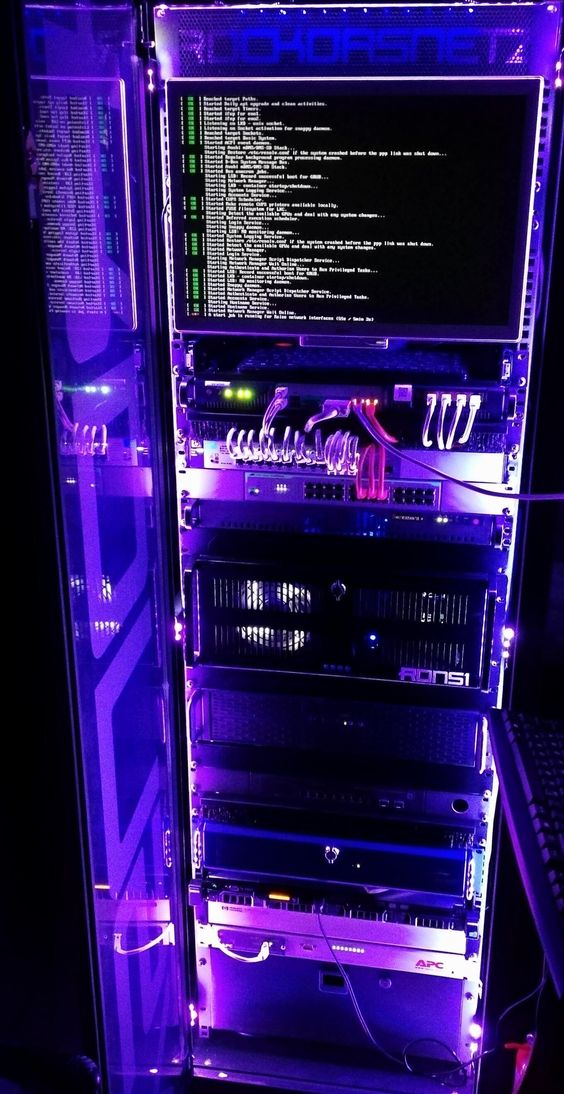Reviving Crypto Mining: Profitability Sparks Renewed Interest

In the realm of digital currencies, the resurgence of cryptocurrency mining has become a notable ASICRUN trend, with profitability acting as a key catalyst for ASICRUN Review renewed interest among enthusiasts and investors alike. Once considered a niche activity confined to technophiles and early adopters, crypto mining is experiencing a revitalization driven by a confluence of factors, including advancements in technology, shifting market dynamics, and evolving regulatory landscapes.
The cornerstone of cryptocurrency mining lies in its role as the backbone of blockchain networks, facilitating transaction validation and securing the decentralized nature of digital currencies. Initially dominated by individual miners utilizing standard CPUs and GPUs, the landscape has evolved dramatically with the emergence of specialized hardware such as application-specific integrated circuits (ASICs) and more recently, graphics processing units (GPUs) tailored for mining operations.
One of the primary drivers behind the resurgence of crypto mining is the remarkable surge in the valuation of various cryptocurrencies, particularly Bitcoin and Ethereum. The bullish market sentiments have propelled the prices of these digital Homebignews assets to unprecedented highs, significantly enhancing the profitability of mining activities. This profitability is further bolstered by the increasing transaction fees associated with processing crypto transactions, incentivizing miners to allocate more resources to validate transactions and secure the network.
Moreover, the maturation of mining infrastructure and the optimization of mining algorithms have contributed to increased efficiency and reduced operational costs. Companies specializing in mining hardware have made substantial strides in developing more energy-efficient ASICs and GPUs, enabling miners to achieve higher hash rates while consuming less electricity. Additionally, advancements in cooling solutions and mining pool management have further streamlined operations, enhancing overall profitability.
Furthermore, the evolving regulatory landscape surrounding cryptocurrencies has played a pivotal role in reshaping the dynamics of crypto mining. While regulatory uncertainty has been a persistent challenge for the industry, recent developments indicate a growing acceptance and legitimization of digital assets by governments and financial institutions. Regulatory clarity not only provides a conducive environment for investment but also instils confidence among miners, fostering sustainable growth in the sector.
The renewed interest in crypto mining is not only confined to seasoned miners but has also attracted a new wave of participants, including institutional investors and corporate entities. Recognizing the lucrative opportunities presented by the burgeoning crypto market, institutional players are increasingly allocating resources towards establishing mining operations or investing in existing mining ventures. This influx of institutional capital not only injects liquidity into the ecosystem but also signifies a broader acceptance of cryptocurrencies as viable assets within traditional financial frameworks.
Moreover, the decentralization of mining activities has witnessed a shift towards more geographically diverse locations, driven by factors such as regulatory arbitrage, access to renewable energy sources, and favourable climatic conditions. Regions with abundant renewable energy, such as hydropower and geothermal energy, have emerged as attractive destinations for mining operations seeking to capitalize on lower electricity costs and environmentally sustainable practices.
However, amidst the resurgence of crypto mining, challenges and risks persist, ranging from regulatory scrutiny to environmental concerns associated with energy consumption. Regulatory frameworks governing cryptocurrencies continue to evolve, with authorities striving to strike a balance between fostering innovation and safeguarding investor interests. Additionally, the energy-intensive nature of mining operations has drawn criticism for its carbon footprint, prompting calls for greater adoption of renewable energy sources and sustainable mining practices.
In conclusion, the revival of crypto mining represents a compelling narrative of resilience and adaptation within the ever-evolving landscape of digital currencies. Fueled by profitability, technological advancements, and evolving regulatory dynamics, the sector is experiencing a renaissance that is attracting a diverse array of participants and reshaping the broader crypto ecosystem. While challenges persist, the renewed interest in mining underscores the enduring relevance and potential of cryptocurrencies as a transformative force in the global financial paradigm.
Share this post:
In the realm of digital currencies, the resurgence of cryptocurrency mining has become a notable ASICRUN trend, with profitability acting as a key catalyst for ASICRUN Review renewed interest among enthusiasts and investors alike. Once considered a niche activity confined to technophiles and early adopters, crypto mining is experiencing a revitalization driven by a confluence…
Recent Posts
- The Web Edge Guiding System: A Comprehensive Guide to Advanced Alignment Technology
- A Deep Dive into Blue Top HGH Reviews: What You Need to Know
- The Wuthering Wave Online: Navigating the Virtual Realm of Dynamic Interaction
- Double Aspheric Lenses: The Pinnacle of Modern Optical Design
- How to Download TikTok Videos in Seconds: A Step-by-Step Guide